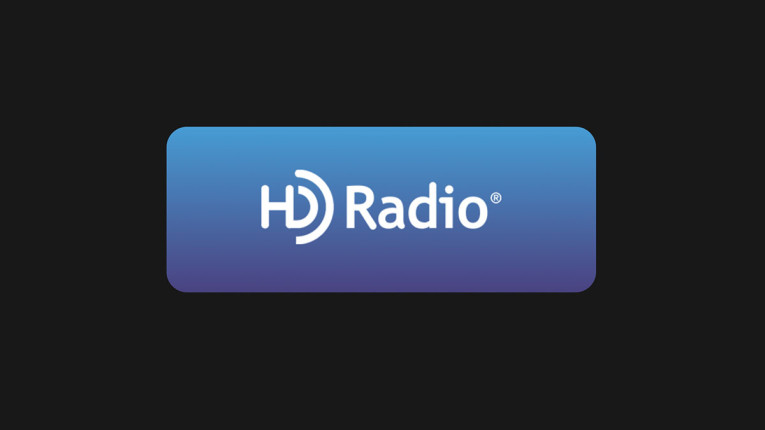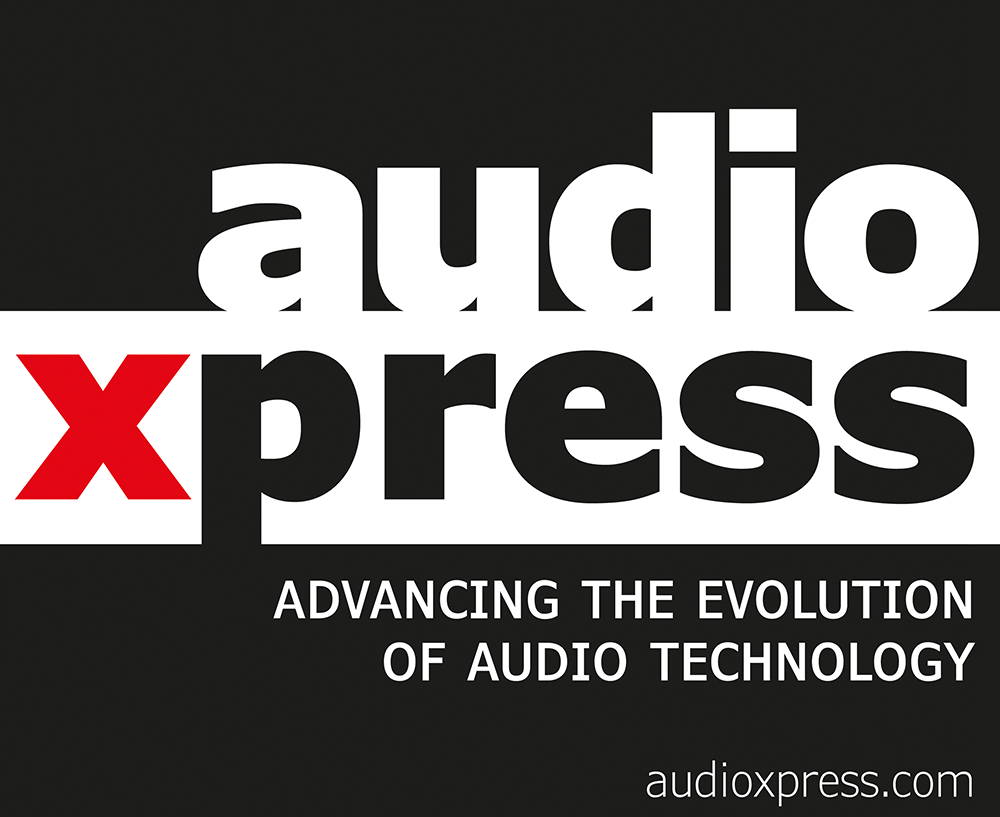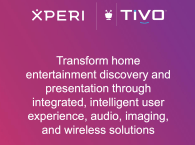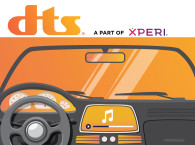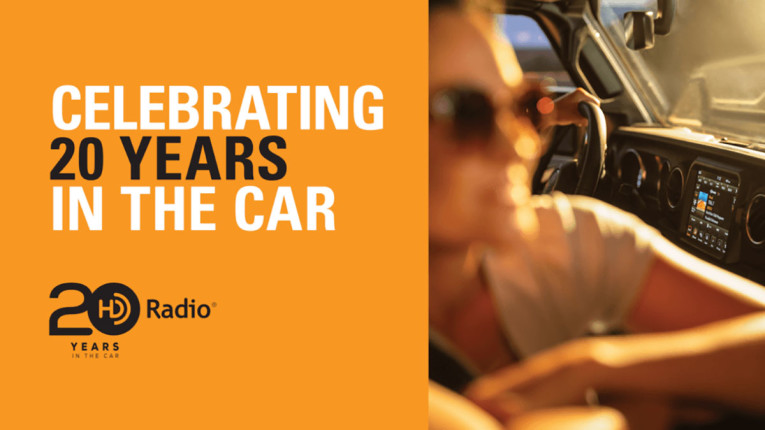
HD Radio did not just appear out of nowhere twenty years ago. The technology went through years of beta launches, proof of concept tests, experimental launches of home radios, custom radios, and more. One of the first breakthroughs occurred in 2003. Working with Kenwood, the team behind the technology built about 1,000 units, while concurrently developing a small network of about 100 radio stations.
HD Radio technology came to fruition in 2005 when BMWs (6 and 7 series) with fully installed HD Radio rolled off the assembly lines. Shortly after, BMW announced this as an industry-first, describing it as "one of the most significant advances in radio broadcasting history."
Radio continues to play a crucial role in the vehicle. According to Edison Research’s Q2 2025 Share of Ear study, AM/FM radio captures 56% of all in-car audio time, with or without ads, across US drivers. This makes HD Radio the dominant digital radio format in the United States, with thousands of stations broadcasting AM and FM digital signals.
In Canada, HD Radio saw formal technical specification approval in 2024, transitioning from experimental to official status; adoption is expanding in both broadcasters and vehicles. And in Mexico, HD Radio has been officially regulated since 2011 and currently covers over 40% of the population; more than 200 digital channels are available. HD Radio is also used in Puerto Rico and the US Virgin Islands, following US standards.
HD Radio technology today is available as a factory-installed feature from all major auto manufacturers in the US. It delivers crystal-clear, static-free sound, and on-screen information such as album art, station logos, song and artist information, traffic, weather, and critical emergency alerts, all of which elevate the in-vehicle infotainment experience. For broadcasters, it allows opportunities for deeper listener engagement and more.
According to Jeff Jury, Xperi's general manager of immersive entertainment, "Key innovations like album art and artist images introduced in 2011 have opened up new monetization opportunities, and HD Radio now supports 2,500 stations and 4,500 digital channels, including 1,200 unique stations only accessible via HD Radio."
Xperi's senior vice president of broadcast radio and digital audio, Joe D’Angelo, shared a look back at key moments in HD Radio's history, interesting anecdotes, and what HD Radio promises for the future, in his blog from earlier this year.

HD Radio has been core to the development of innovations like DTS AutoStage, and to many steps of entertainment enhancement in the connected car. DTS AutoStage would not exist without HD Radio technology, as it both complements and enhances FM and HD Radio via rich, consistent metadata, advanced services, and broadcast content protection. Today, twenty years after HD Radio led a radio revolution, radio remains front and center in the vehicle.
In Europe and around the world, digital radio standards didn't receive such widespread adoption. In Europe, some countries have some stations in DAB/DAB+, while Digital Radio Mondiale (DRM) is also available around the world, and generating increasing interest as an alternative to AM and shortwave broadcasting.
www.xperi.com
